#when we create and publish we are adding our boxes to a centuries old literary conversation
Explore tagged Tumblr posts
Text
Top 10 Most Popular Books of All Time
While over a million books are published every year, only some books seem to stand apart from the madding crowd. These unique books not only have endured the test of time, but they have also imprinted themselves on the human imagination and psyche. While the question of what makes a classic or which book should be included in a top 10 list is always open for debate, we have ranked the books in this list in a rather empirical way, which is according to the number of copies sold. One caveat before we proceed: Some religious books, such as the Bible, the Quran, and the Quotations from Chairman Mao more than likely have over a billion copies each in existence. However, because they are impossible to track, we have left them off this list. But I think we can all agree that they are exceptionally popular.
So, onward we go to the top 10 most popular books of all time. Does your favorite book make the list?
#10. Coming in at number #10 is Dan Brown’s 2003 blockbuster novel The Da Vinci Code, with over 80 million copies sold. More than just a murder mystery, The Da Vinci Code explores controversial historical secrets and questionable cabals, all of which has appealed to puzzle lovers, history buffs, and conspiracy theorists alike. To top it off, the Catholic Church publicly denounced the novel, which only added to its popularity.
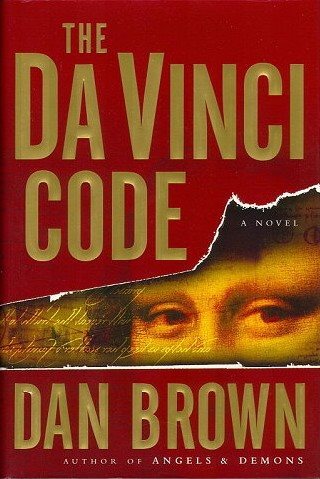
The Catholic Church publicly denounced this novel, making it even more popular
9. The 9th most popular book of all time is C.S. Lewis’s endearing children’s classic, The Lion the Witch and the Wardrobe, with over 85 million copies sold. Turning on the “magical doorway” motif that is also found in popular books, such as Alice in Wonderland and Harry Potter, Lewis’ classic story is ridiculously successful. It has been translated into 47 languages and has been adapted for TV, stage, radio, and Hollywood. So, take another bite of Turkish delight and fall in love with this classic in all of its renditions.
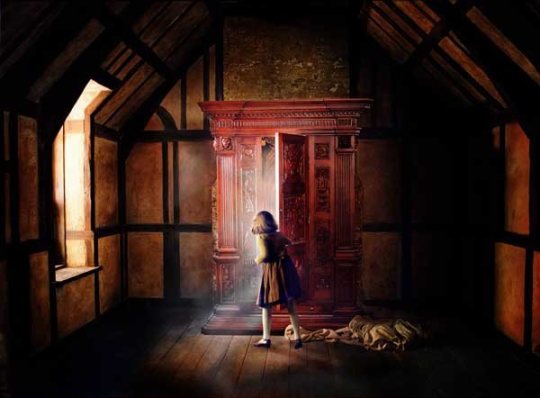
The idea of the doorway in this novel linking the real to the magical was used years later by J.K. Rowling in her series Harry Potter
8. From the smallest beginnings come the largest legends, including J.R.R. Tolkien’s masterpiece The Hobbit, which comes in at #8 with over 100 million copies sold. This timeless quest narrative about a humble hobbit navigating his way in a breathtaking and dangerous Middle Earth is filled clever riddles, beautiful language, spirited adventure, feisty dwarves, ethereal elves, and brave wizards. Happy Hobbitdays, everyone!

When this book was adapted to a movie, the film crew used all the gold paint in New Zealand when creating Smaug's lair. They had to import more from Germany in order to finish the project
7. The Chinese classic Dream of the Red Chamber may be somewhat unknown in the West, but it has often been called the “book of millennium.” Ranked number seven on our list, Dream of Red Chamber has sold over 100 million copies. An 18th century saga about a noble family that falls from grace, Dream of the Red Chamber is full of stunning social, cultural, and spiritual details of the time. Just be sure to set aside a couple of days to read it: Dream of the Red Chamber is twice as long as War and Peace.
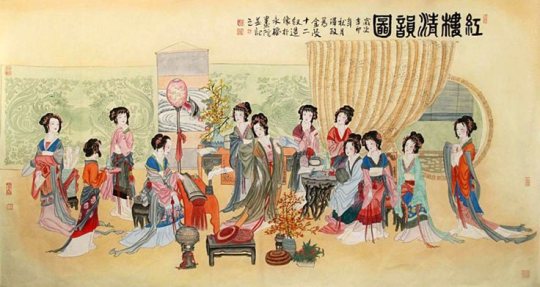
This popular Chinese novel has an entire literary field dedicated to its study
6. It’s no surprise that the queen of suspense, Agatha Christie, would make an appearance on this list. Her mystery masterpiece And Then There Were None has sold over 100 million copies. Not only is it Christie’s best selling novel, it is also the world’s best-selling mystery. Set on a private island off the coast of Devon, the tense mystery narrates the misadventures of ten curious and rather unlikable strangers-- who are all guilty of something.
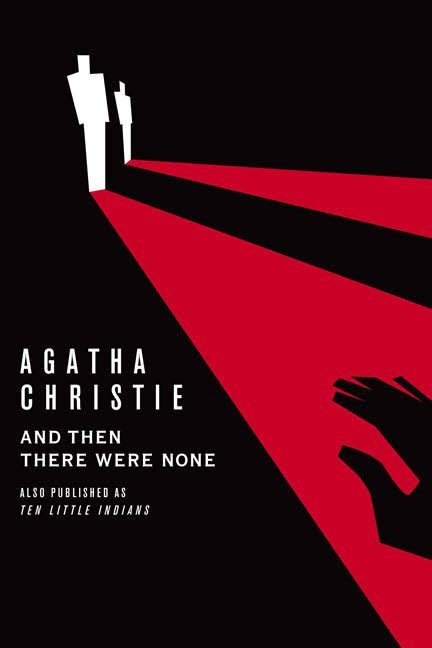
In this legendary mystery novel, each murder relates to a line in an old nursery rhyme
5. Even muggles would predict that at least one of J.K Rowling’s Harry Potter books would make the top ten most popular books of all time. Indeed, Harry Potter and the Philosopher’s Stone is number 5 on our list. By now, most people know that Rowling’s beloved book first introduced the lightning-scarred, bespectacled wizard who would change the world.
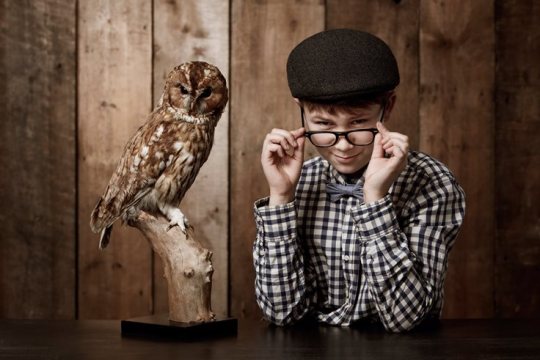
The British name of this popular novel is actually Harry Potter and the Philosopher’s Stone. The U.S. editor for this book thought that "Philosopher's Stone" didn't convey magic overtly enough
4. Of course the heart-breaking tale The Little Prince would be on any list of the most popular books of all time. Translated into 300 languages and dialects, this tender tale of friendship, loneliness, love and loss deserves its place as a cultural and global icon. Just grab a box of tissues before reading.

Astronomers named an actual asteroid after the one the little prince lives on in this novel
3. The Lord of the Rings by J.R.R. Tolkien is the ultimate fantasy novel ranks number 3 on our list, with 150 million copies sold. Tolkien’s rich tri-part narrative (which was originally sold as one book) basically created the modern fantasy genre. While there is one ring to rule Middle Earth, Tolkien’s Lord of the Rings clearly rules the world of fantasy.
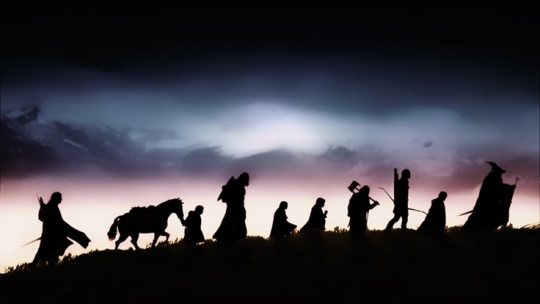
Although we know The Lord of the Rings as a trilogy, it originally was published as one massive book
2. Love or hate the book, Charles Dickens’ A Tale of Two Cities is ranked number 2 on our list of the most popular books ever, with over 200 million copies sold. While many of these copies may have been sold to high schools students who were required to read this epic tale, it, nonetheless, is a masterpiece filled with sly humor, meaningful descriptions, and a cast of quirky characters caught up in the blood-stained streets of Paris during the French Revolution. While you may have hated the book in high school, we think you will find that it is actually quite the page-turner when you read it on your volition.
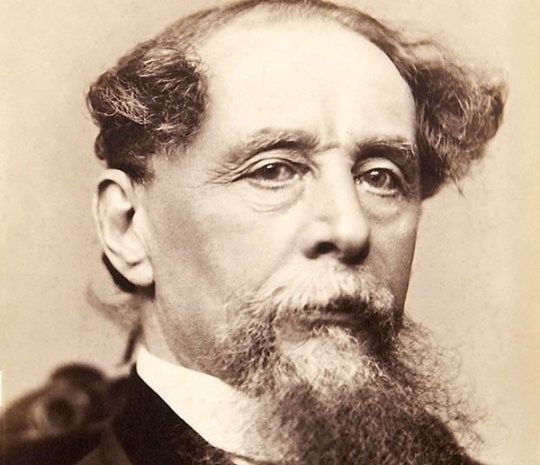
In this book, Dickens wrote the timeless phrase "It was the best of times; it was the worst of times."
1.And the number one most popular book of all time is Miguel de Cervantes masterpiece, Don Quixote. Variously called “The First Novel,” or “An infinite Novel,” Don Quixote features a delusional nobleman, windmill monsters, and portly squires. Widely considered the first true modern novel, Don Quixote also gave us the popular saying “The proof is in the pudding.” With book sales over 500 million copies, Don Quixote easily tops Dickens 200 million copies. The proof is in the pudding, indeed.
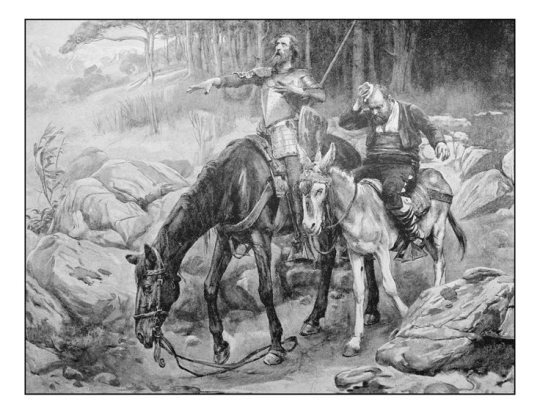
This novel, published in 1612, follows the adventures of Quixote as he ventures into the Spanish countryside
If your book didn’t make the list, don’t worry. At the end of the day, the number of copies sold doesn’t make a book important or, necessarily, even a classic. What’s important is that you’re reading what you love. Popular or not, let’s read our books of choice with confidence and pride.
#books#bookstagram#bookworm#booklr#booklover#book list#book quotes#quotes#literature#literary#bibliophile#reading#read#love#harry potter#don quichotte#lord of the rings#little prince#tale of two cities#c.s. lewis#dan brown#dream of the red chambe#facts#fact retriever
9 notes
·
View notes
Text
The next novel you read may be in Facebook Messenger
New Post has been published on https://nexcraft.co/the-next-novel-you-read-may-be-in-facebook-messenger/
The next novel you read may be in Facebook Messenger
We aren’t exactly a nation of readers. On a typical day, just 15 percent of men and 22 percent of women read for pleasure. In the last year, one in four Americans haven’t read a single book in any format—paperback, audiobook, or otherwise.
But social media and smartphone app companies think they may have the solution to our reading aversion. From Silicon Valley heavyweights to bookworm-run startups, efforts to bring fiction to our smartphones are proliferating. While reading a book in Facebook Messenger or “chat fiction” on Snapchat might seem strange, silly, or tedious, each new initiative is pushing up against the boundaries of the book cover.
Last year, James Patterson, one of the most commercially-successful authors of all time (Forbes pegged his 2016 income at $95 million), and his team approached Facebook about adapting one of his forthcoming novel to its messaging app. So the author, who believes Americans need “a shared literature,” offered Messenger its choice of two soon-to-debut books. The company selected a narrative about a New Orleans-based detective, who runs a well-known food truck with his ex-wife. After a few months of harried development, The Chef rolled out Tuesday morning on Messenger. You can find it now by searching “The Chef by James Patterson” in the app.
Without a standalone book portal in the Messenger app (a designer says they’re working on that now), every piece of the Patterson novel had to be created within the app’s pre-existing design parameters. Books usually require page-turning, but the Messenger novel unfurls itself to readers each time they press a knife emoji. The text comes through in a typical message bubble, or several at once. Each passage fills a single page on your smartphone—and not a centimeter more—so you don’t have to scroll.
The mobile text of The Chef is the same as in the print edition, which will debut in February 2019, but the physical copy is wordier. Only the most active and important passages were included in Messenger, the better to keep readers cruising. The bound copy takes about 6 hours to read, while the chatbot runs just 3 hours. But the app-based experience has plenty of multimedia features to compensate. The template for ads has been repurposed for digital “Easter eggs,” like photos imported from an Creative Lab-made Instagram account for the fictional food truck in the book. Maps of New Orleans, a tutorial on local cooking, and even video surveillance footage (which required a script, actors, and producers) of fictional crimes are also embedded.
The project marks the social platform’s first foray into fiction, but it’s more experiment than business model. The story doesn’t contain any ads or promotional deals. In fact, it doesn’t generate any real revenue at all. It’s the first word on an otherwise empty page. As such, Messenger and Facebook’s in-house Creative Lab don’t really know what to expect. At a press event on Monday, the design team was already talking about the improvements they hoped to make to the next book—before the first one even launched. But the room was buzzing with possibility.
A more established reading app might offer some insight into what’s to come for Facebook. Launched in 2015, Hooked forgoes adaptation in favor of commissioning its own made-for-social stories. These original works are part of a digital genre the company calls “chat fiction”—stories written in the form of text messages, which appear sequentially on-screen.
Husband-and-wife startup duo Parag Chordia and Prerna Gupta went through all kinds of iterations before the launch. The couple originally had high hopes for image-driven media, inspired by comic books, and excerpts of bestselling novels. But completion rates among their target audience of 13- to 24-year-olds was low: Gupta says just 35 percent of readers finished the excerpts. Chat fiction, however, thrived. The 1,000-word story arcs, which involve two or more characters updating each other on plot development in text messages, boasted completion rates in the 80th and 90th percentile.
This week, Hooked released its longest piece of chat fiction yet, on a dedicated Snapchat channel. The 30,000-word-long story, Dark Matter, appeared in “episodes” (more conventionally known as “chapters”) of 5,000 to 8,000 words. Like all Hooked stories, the tale leans heavily on cliffhangers to keep readers “hooked” from message to message. There’s a liberal use of ellipses, and a tension-building mystery. “When you’re on mobile, you are in a constant battle for attention,” Gupta says. “Users need to feel that there’s some payoff in one episode,” or they won’t come back for more.
A “Snapchat-based book” sounds like a postmodern word salad, but Hooked’s serialization strategy has actually worked for centuries. In the Victorian era, most authors published their stories in bits and pieces in newspapers, with one novella doled out over weeks or months. The Pickwick Papers by Charles Dickens, * The Count of Monte Cristo* by Alexandre Dumas, and the character Sherlock Holmes all first appeared in periodical form.
Maybe that’s why the literary old guard has dabbled in this social fiction space, too. In 2012, for example, the New Yorker magazine published Jennifer Egan’s original story over Twitter. The story, “Black Box,” also appeared online and in the magazine, but it appeared to be written to the parameters of the social platform, as it’s comprised of hundreds of lines roughly 140 characters in length, instead of typical paragraphs. More recently, the New York Public Library has started turning public domain books into (very long) Instagram stories. Animated, click-through copies of The Yellow Wallpaper, Alice in Wonderland (in two parts), and, as of this morning, The Raven are available in the @NYPL account’s saved stories.
But something else is at work, too. Publishing has never not been in a state of disruption. From monks in scriptoria painting words into books no one could read to the dawn of the printing press to the era of ebooks, how we read is always changing. The only thing that’s remained consistent is that the words themselves matter most.
Selling someone who loves the crack of a fresh hardcover spine, on a Facebook Messenger-based novel is a challenge. So is convincing a Snapchat-loving teenager to read a musty library book. But goading someone who loves literary fiction into reading a James Patterson novel—whether it’s a paperback, ebook, or Messenger bubble—is even harder. The medium and the message feel increasingly indistinguishable, but the message still matters more.
Ultimately, Messenger’s The Chef and Hooked’s Dark Matter aren’t for everyone, and they don’t claim to be. From Patterson to Gupta, the stated goal has always been to get more Americans reading in whatever form they prefer. It’s OK to support a proliferation of reading platforms, and still stick to your paperbacks.
Written By Eleanor Cummins
0 notes